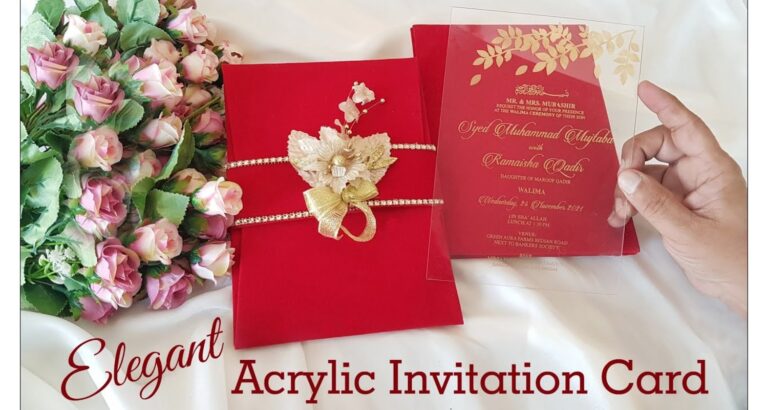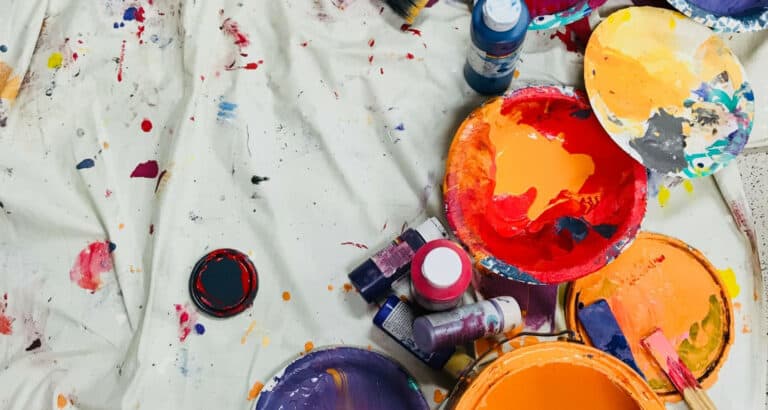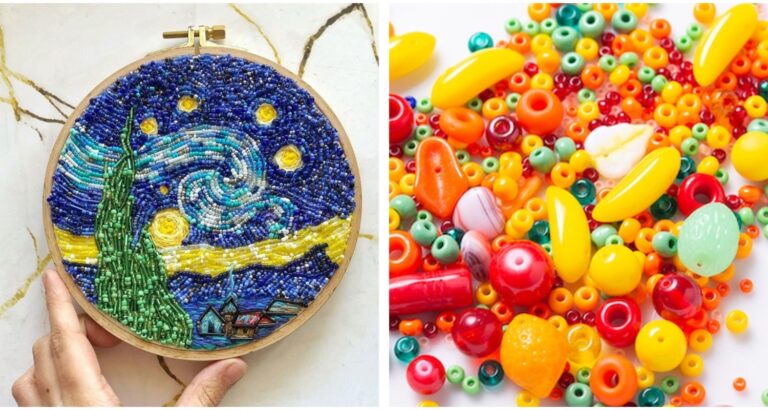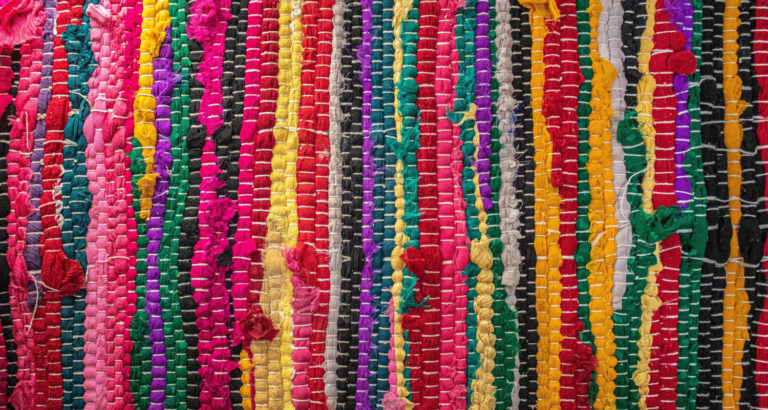Welcome to the world of abstract art! In this article, we’ll dive into the exciting process of creating your own masterpiece on canvas. Whether you’re a seasoned artist or a curious beginner, we’ve got you covered with simple, step-by-step instructions. Get ready to unleash your creativity and add a splash of color to your life!
How to Make Abstract Art on Canvas: Start with a primed canvas. Choose your colors and tools. Apply paint freely, experimenting with different strokes and textures. Let your emotions guide you. There’s no right or wrong in abstract art.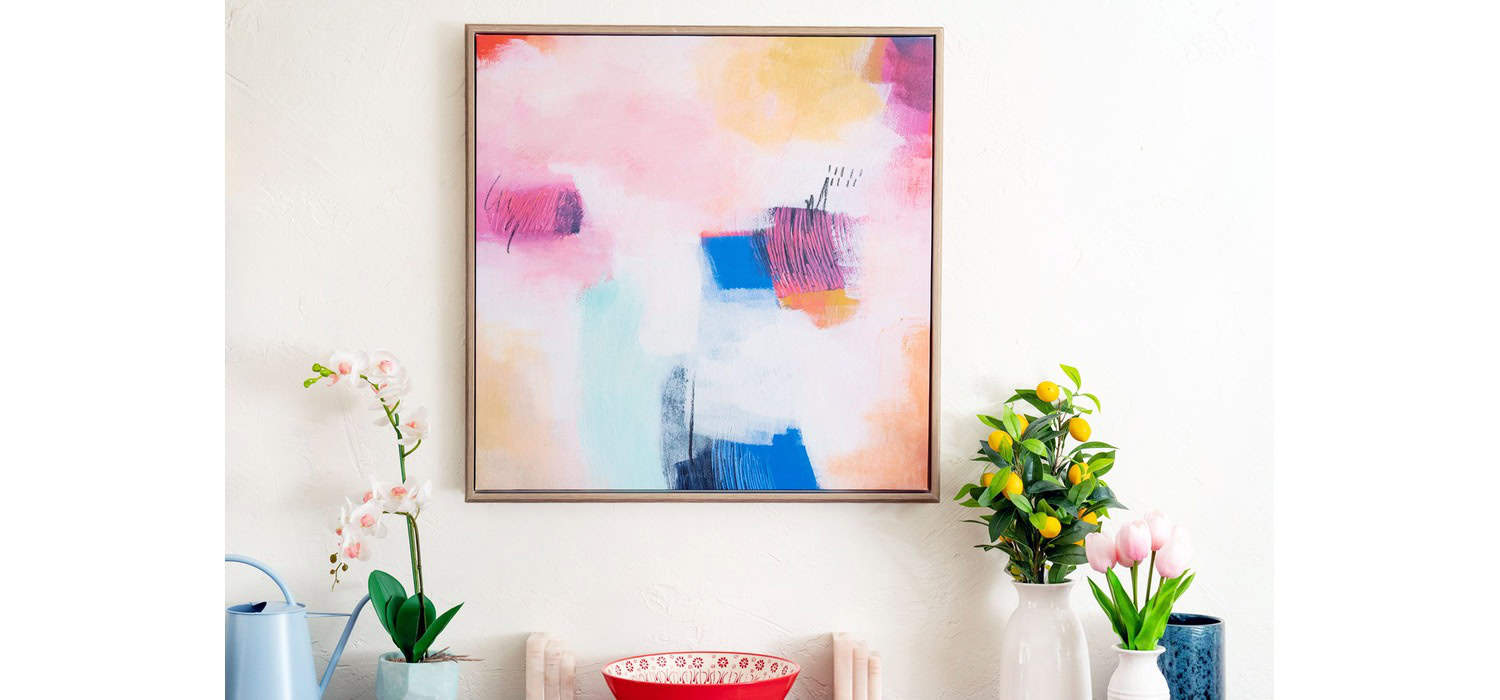
Don’t stop here! Keep reading to discover more tips and tricks that will take your abstract art to the next level. From choosing the right materials to mastering the art of blending, we’ve got all the secrets you need to create a stunning piece.
Key Materials and Preparation For “How to Make Abstract Art on Canvas”
Before you start, gather your materials. You’ll need:
- A large canvas for your artwork.
- Water-based paints in your favorite colors.
- Brushes of various sizes for different strokes.
- Foam brushes and sponges for wet blending.
- A texture medium to add depth.
- A top coat or varnish to protect your piece.
- A drop cloth to keep your space clean.
- Paper towels for quick clean-ups.
Preparing Your Canvas
Now, let’s prep your canvas. You have two options:
- Start with a new canvas. It’s a blank slate, ready for your creativity.
- Or, give new life to an old painting. Just paint over it with a base coat.
Whichever you choose, make sure your canvas is primed and ready to go. This will help your paints glide smoothly and ensure your artwork lasts.
Establishing Your Approach
When it comes to abstract art, mindset is key. Embrace imperfection. It’s not about creating a perfect piece, but about expressing yourself. Focus on the process, not the outcome. Let your feelings and instincts guide you. This is your art, your rules.
The Importance of Play and Experimentation:
Play is crucial in abstract art. It’s all about experimenting and trying new things. Here are some techniques to help you loosen up:
- Intuitive Painting: Forget the plan. Pick up your brush and let your intuition lead.
- Mark Making: Experiment with different tools and strokes. See what patterns and textures you can create.
- Layering: Build up layers of paint. Add depth and complexity to your piece.
- Color Exploration: Mix and match colors. Discover new shades and combinations.
Remember, there are no mistakes in abstract art. Each brushstroke is a step on your creative journey.
Techniques and Creation For Abstract Art on Canvas
Diving into abstract art, let’s explore some beginner-friendly techniques:
- Wet on Wet Broad Brush Strokes: This technique involves applying wet paint over another layer of wet paint. It allows colors to blend and flow into each other, creating smooth gradients and soft edges. It’s perfect for establishing a base or adding a dreamy quality to your artwork.
- Working with Textures and Mediums: By introducing a texture medium into your paint, you can add an incredible depth and tactile quality to your work. Experiment with different mediums to see how they change the paint’s behavior and appearance. Tools like sponges and palette knives can also create fascinating textures.
- Adding Metallic Effects: Metallic paints or leaf can bring a luxurious shine to your piece. Use them sparingly to highlight certain areas or add a touch of glamour. Remember, a little goes a long way.
- Creating White Space: Leaving parts of the canvas unpainted, or white space, can provide a visual rest for the viewer and highlight the colors and shapes in your composition. It’s a powerful tool to balance and enhance the overall effect of your painting.
Utilizing Different Shapes and Tools for Dynamic Compositions
Shapes and tools can significantly impact your abstract art. Here’s how:
- Geometric Shapes: Incorporating geometric shapes can add structure to your painting. Circles, squares, and triangles can create a contrast with more organic elements.
- Creating Texture: Beyond texture mediums, everyday objects like cardboard, fabric, or even bubble wrap can be pressed into wet paint to leave interesting patterns. Each tool can leave a unique mark, adding complexity to your artwork.
Experiment with these techniques to find your unique style. Abstract art is all about exploration and expression, so don’t hesitate to mix and match these methods.
Inspiration and Finishing Touches
Drawing Inspiration from Famous Abstract Styles and Painters
Looking for inspiration? Dive into the world of famous abstract artists. Explore the work of pioneers like Wassily Kandinsky, Jackson Pollock, and Mark Rothko. Each artist has a unique style, from bold splatters to serene color fields. Let their creativity spark your own.
Finalizing Your Artwork
Your masterpiece is almost complete. Now, it’s time to protect it. Apply a top coat or varnish. This will seal your painting and give it a professional finish. It also adds durability, so your artwork can be enjoyed for years to come.
Remember, abstract art is a journey. Embrace the process and let your imagination run wild. Who knows what beautiful creations await?
Conclusion
In conclusion, creating abstract art with our guide on “How to Make Abstract Art on Canvas” is a journey of self-expression and creativity. Embrace imperfection, experiment with different techniques, and draw inspiration from the masters. Remember to protect your artwork with a top coat for lasting beauty. Share your experiences and creations with us; we’d love your unique perspective!
Also read: How to Make a Tufted Headboard DIY
FAQ Section
What is the easiest way to do abstract art?
The easiest way to start abstract art is by experimenting with simple techniques like broad brush strokes, using different textures, and playing with colors. Let your intuition guide you and enjoy the process.
How do beginners learn abstract painting?
Beginners can learn abstract painting by exploring basic techniques, studying works of famous abstract artists, and practicing regularly. Start with simple shapes and strokes, and gradually experiment with more complex compositions.
What are the rules of abstract art?
Abstract art has no strict rules. It's about expressing emotions and ideas through colors, shapes, and textures. Focus on the process and let your creativity flow freely.
What makes a good abstract painting?
A good abstract painting resonates with viewers, evoking emotions or thoughts. It often features a balanced composition, interesting textures, and a harmonious color palette.
What do you need for abstract painting?
For abstract painting, you'll need basic supplies like a canvas, paints (acrylics or oils), brushes, and palette knives. Optional items include texture mediums, sponges, and metallic paints for added effects.

I am Sammy and I blog at Live it. Love it. Make it. It is creative lifestyle blog run by best friends H and Sammy. Head over and follow our crafty adventures!


